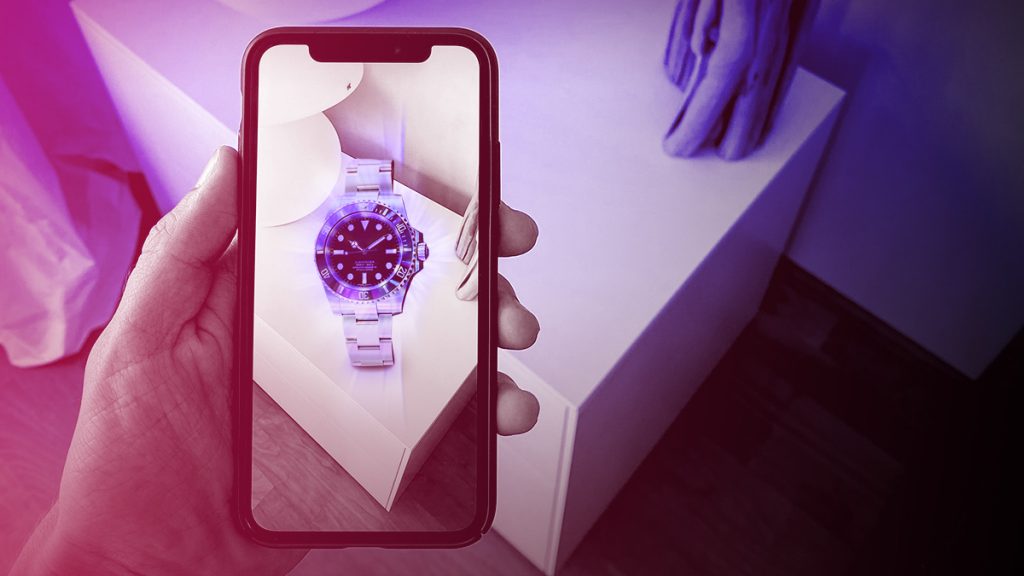The metaverse is an extension of the natural world, a complete simulation, and a mirror image of the physical world. This virtual space permits individuals to engage in real-time interactions across great distances, providing an immersive experience for leisure and novel business opportunities.
Digital twins are a potent instrument for understanding and managing infrastructure, enabling the integration of numerous intricate systems into one. As the technology for virtual copies advances, it is now possible to create realistic representations of physical products and services through augmented reality (AR) and virtual reality (VR).
AR and VR technology allows for the creation of digital twins of real-world products and services. AR technology superimposes digital information on the physical world, allowing users to interact with three-dimensional objects in the natural environment. For instance, AR can create a digital twin of a product, such as a car, in a showroom. By utilizing AR, users can view the product in an immersive 3D environment, granting them a complete sense of the product before purchasing.
VR technology creates an immersive virtual environment, enabling users to interact with the digital twin of a product or service. For example, VR can create a digital twin of a service, such as a restaurant. By utilizing VR, customers can experience the restaurant in a realistic 3D setting, permitting them to explore the restaurant, sample the food, and communicate with the staff before visiting the restaurant.
The potential for Metaverse projects is extensive and applicable to various use cases, ranging from enterprise to consumer-focused. Digital twins are now being implemented in several industries to simulate real-world scenarios. For instance, in the automotive industry, automakers are employing digital twins to generate 3D models of cars, allowing them to affect the car’s performance and detect any potential issues. In the entertainment industry, digital twins create realistic representations of movie sets and video games, permitting users to explore the environment and interact with the characters. Finally, in the healthcare industry, digital twins create realistic simulations of medical procedures, allowing doctors to practice and perfect their techniques without posing any risk to actual patients.
Digital twins are practical tools for simulating real-world scenarios, exploring virtual environments, and studying the effects of human behavior on the environment. However, there are some potential risks associated with digital twins. The risk of data manipulation with digital twins is a genuine concern, as the data collected by digital twins can be utilized to influence or manipulate real-world decisions. Privacy issues are also pertinent, as digital twins may collect personal data and reveal confidential information. Furthermore, there is a lack of control over the virtual environment, as digital twins can create a false sense of reality or manipulate the real world. Additionally, some argue that digital twins must offer more value to justify their cost, as they are usually expensive to create and maintain. Finally, some contend that digital twins can falsely sense reality, blurring the boundaries between real and virtual.
Read More: AI Influencers: The New Wave of Social Media Marketing



